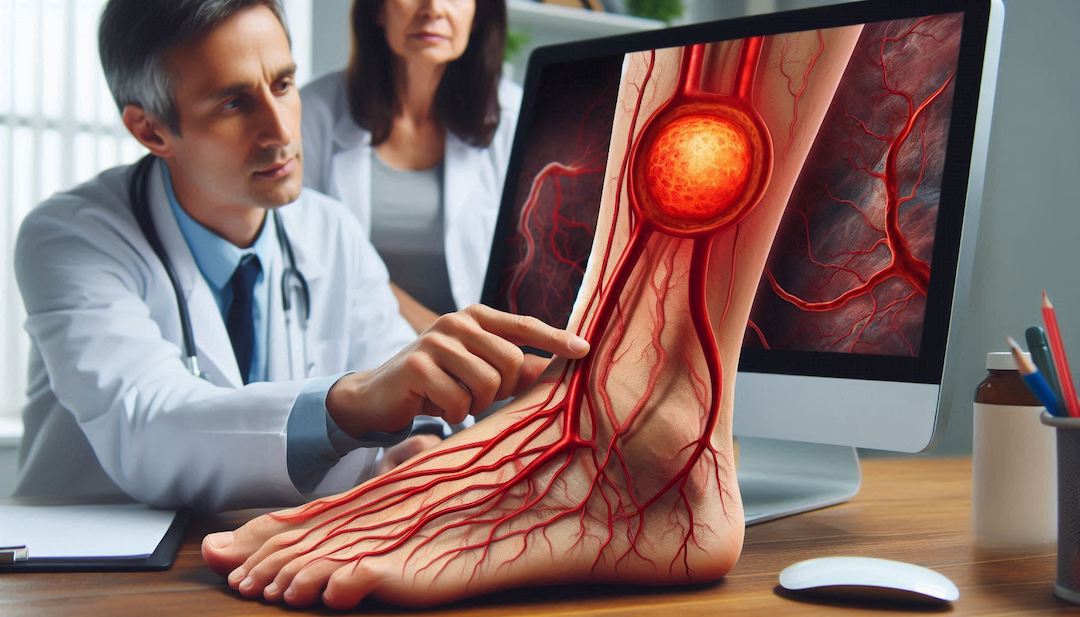
Pulmonary embolism (PE) is a life-threatening condition where a blood clot blocks one or more arteries in the lungs, preventing oxygen from reaching lung tissue. While the term “blood clot” can refer to any clotted blood in the circulatory system, pulmonary embolism specifically describes a clot that has traveled—often from the deep veins in the legs (a condition known as deep vein thrombosis or DVT)—to the pulmonary arteries. This distinction is critical, as the location and potential for rapid deterioration differ between a localized clot and one that has lodged in the lungs.
Recognizing the Warning Signs
Early identification of pulmonary embolism can be lifesaving. Common warning signs include:
- Sudden Shortness of Breath: An unexpected difficulty in breathing without exertion.
- Chest Pain: Sharp or stabbing pain, especially when taking a deep breath.
- Rapid Heart Rate: A feeling of a racing heart or palpitations.
- Coughing: Sometimes accompanied by blood.
- Lightheadedness or Fainting: Indicating a drop in blood oxygen levels.
These symptoms can easily be mistaken for other conditions, so medical evaluation is crucial if they arise suddenly.
Differentiating Pulmonary Embolism from Blood Clots
It is important to note that while a pulmonary embolism is caused by a blood clot, not all blood clots result in PE. Deep vein thrombosis (DVT) involves clots that form in the deep veins of the legs or pelvis. If a part of a DVT breaks off, it may travel to the lungs, causing a pulmonary embolism. In contrast, a blood clot that remains in the leg might simply cause localized pain and swelling.
Prevention Strategies
Preventing pulmonary embolism involves both lifestyle modifications and, in some cases, medical intervention:
- Stay Active: Regular exercise helps maintain blood circulation.
- Maintain a Healthy Weight: Reduces strain on the cardiovascular system.
- Avoid Prolonged Immobility: Frequent movement or compression stockings during long flights or periods of inactivity can be beneficial.
- Manage Underlying Health Conditions: Conditions like cancer, heart disease, and genetic clotting disorders should be monitored closely.
- Medication Management: In high-risk individuals (e.g., post-surgery, during pregnancy), doctors may prescribe anticoagulants to prevent clot formation.
Impact in the United States: Who Is at Risk?
Pulmonary embolism and related blood clots are significant public health concerns in the United States:
- Incidence: Estimates suggest that hundreds of thousands of Americans are affected by venous thromboembolism (VTE), which includes both DVT and PE, each year. Approximately 100,000 deaths are attributed to pulmonary embolism annually.
- Gender: While both men and women are at risk, certain factors can tilt the balance. Women may experience increased risk during pregnancy, postpartum, or when using hormonal contraceptives, although overall incidence increases with age irrespective of gender.
- Age Group: PE is more common in older adults, typically those over 60, though it can occur in younger individuals with predisposing factors.
- Ethnicity: Research indicates that African Americans have a higher risk of VTE compared to Caucasians, whereas Asians tend to have lower rates. Genetic factors, socioeconomic conditions, and differences in access to healthcare contribute to these disparities.
-Nguyễn Duy Khiêm-
For Further Reading
- Centers for Disease Control and Prevention (CDC): Detailed information on pulmonary embolism and blood clots. CDC Pulmonary Embolism
- MedlinePlus: An accessible resource for understanding the symptoms and treatment of pulmonary embolism. MedlinePlus on PE
- American Heart Association (AHA): Comprehensive insights into venous thromboembolism and cardiovascular health. AHA VTE Information
- National Institutes of Health (NIH): Research-based resources on prevention strategies and risk factors. NIH on PE Prevention
By staying informed and recognizing the signs early, individuals can take proactive steps to prevent pulmonary embolism and reduce the risk of potentially fatal complications.
